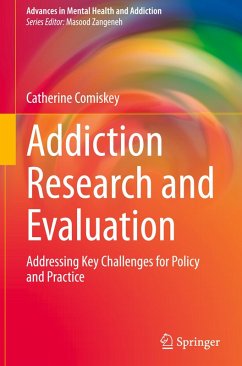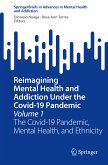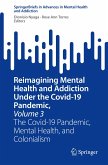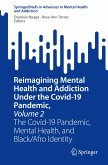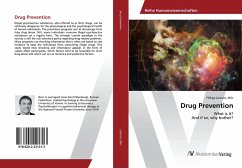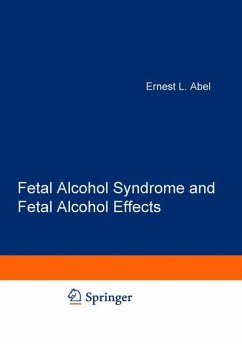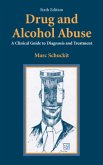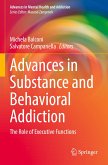According to the United Nations Office of Drugs and Crime, around 284 million people aged between 15 and 64 years used drugs in the year 2020. In addition, it is estimated that over 11 million people were injecting drugs and half of these were living with hepatitis C. Young people are using more drugs than previously, and numbers have increased over the past decade. While numbers are estimated at a global level, there remains little evidence for practitioners and policy makers on key questions, such as how many people are using drugs that are hidden and haven't contacted services. Questions include the challenging topics of providing safe injecting spaces and drug consumption rooms. As populations age in some regions, questions arise on the nature of substance use among older people. Countries with younger populations are concerned about estimates on the numbers of children potentially impacted by parental substance use and how to engage with them. Awareness of trauma informed services is increasing and questions arise on the impact of domestic abuse or adverse childhood experiences on people who use drugs and their families. Globally, there is a growing concern on how to inform the debate on cannabis policies and how to assess if the chosen policy will be acceptable to the general population.
The aim of this book is to provide researchers, service providers and policy makers with a step-by-step guide to robust methodologies and illustrative case studies to address these challenges. The objective of each chapter is to answer a key question, provide a summary of the background evidence, demonstrate through a series of logical steps how to obtain national or local evidence, and finally illustrate the process with detailed, real life case studies. As addiction is encountered across a wide range of professions and civil society organizations, this book will be an essential textbook for graduate students of medicine, nursing public health, addiction, psychology and health and social care professions. It will be a guiding reference book for international, national and local commissioners and providers of related policies and services. At a local level the step-by-step case studies will provide an easy to follow framework for those wishing to apply the methods to benefit and improve their own practice, service or policy.
The aim of this book is to provide researchers, service providers and policy makers with a step-by-step guide to robust methodologies and illustrative case studies to address these challenges. The objective of each chapter is to answer a key question, provide a summary of the background evidence, demonstrate through a series of logical steps how to obtain national or local evidence, and finally illustrate the process with detailed, real life case studies. As addiction is encountered across a wide range of professions and civil society organizations, this book will be an essential textbook for graduate students of medicine, nursing public health, addiction, psychology and health and social care professions. It will be a guiding reference book for international, national and local commissioners and providers of related policies and services. At a local level the step-by-step case studies will provide an easy to follow framework for those wishing to apply the methods to benefit and improve their own practice, service or policy.

